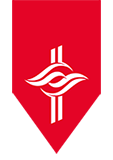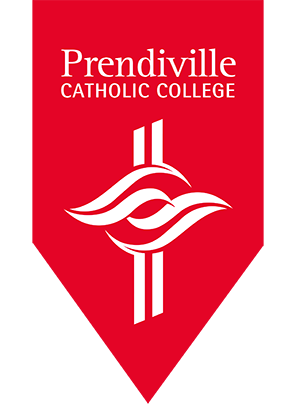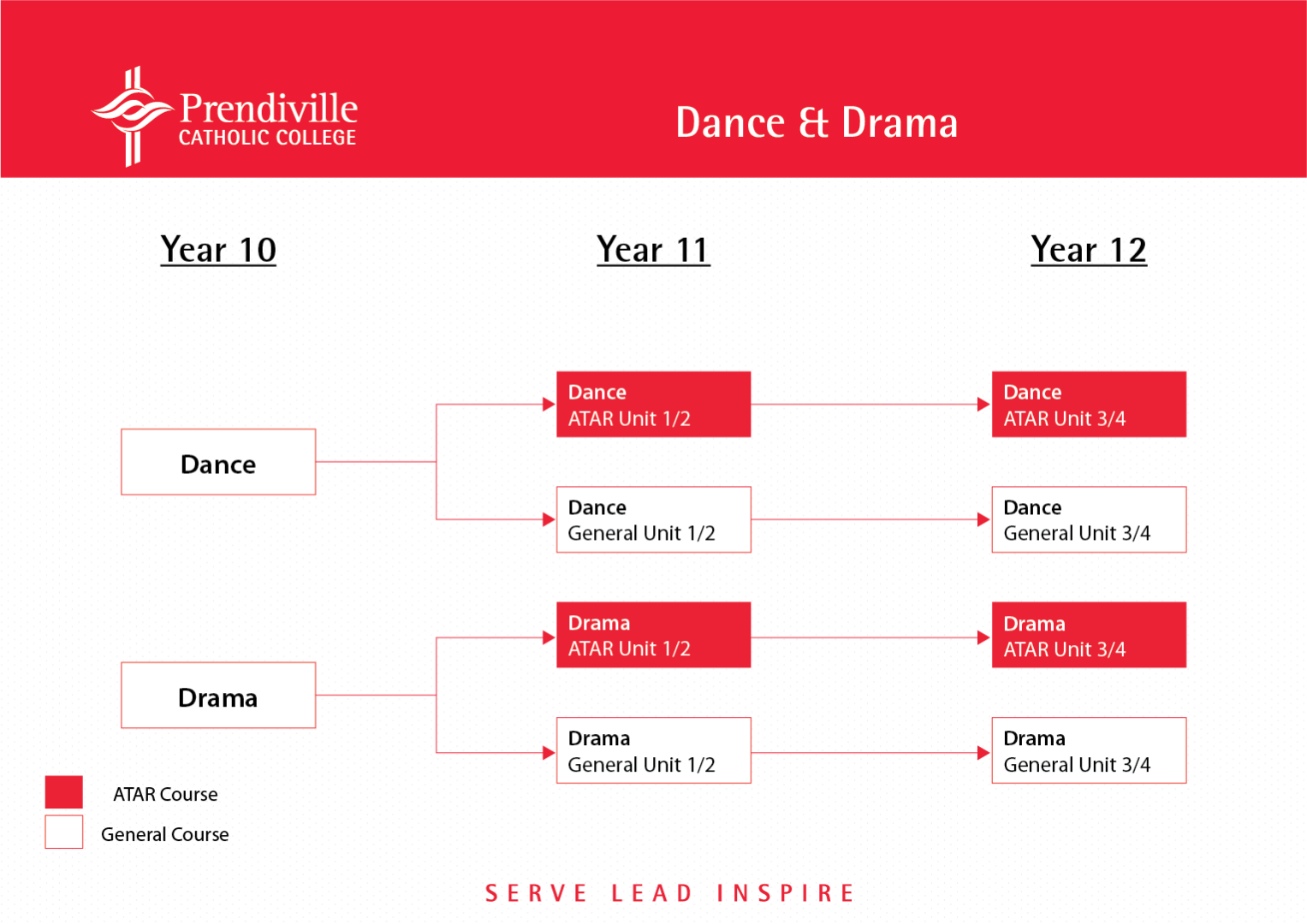- Home »
- Curriculum »
- Year 12 »
- Performing Arts »
Performing Arts

Performing Arts
Year 12
Open the panels below for further details.
Dance (ATAR)
Dance is dynamic and powerful. It embodies our ideas, thoughts, emotions and values and provides a unique opportunity to develop physically, creatively, aesthetically, emotionally and intellectually. People have always danced, and dance continues to evolve as a form of expression, fulfilling a variety of functions in society. As an art form, dance encourages artistic creativity and the active use of the imagination. The study of dance acknowledges the interrelationship between practical and theoretical aspects – the making and performing of movement and the appreciation of its meaning. It allows students to make and present dance relevant to their lives.
The Dance ATAR course develops and presents ideas through a variety of genres, styles and forms, as it provides a unique way in which to express our cultural view and understanding of the world. Through critical decision-making in individual and group work, movement is manipulated and refined to reflect the choreographer’s intent. Students use a wide range of creative processes, such as improvisation and the use of choreographic elements and devices, and draw on their own physicality and the interpretation of existing work of others to make dance works. Students experience an intrinsic sense of enjoyment and personal achievement through expressing and challenging themselves physically.
Through participation in the Dance ATAR course, students develop transferable skills essential to their future. These include communication skills, collaborative teamwork skills, negotiation and conflict resolution skills, problem-solving skills, as well as the ability to organise, analyse and evaluate. Participation may lead to opportunities for future study in dance or related arts fields.
Within the broad focus of youth voice, teachers select learning contexts that relate to the interests of their students and build upon the understandings that they have already acquired.
Students explore learning contexts that reflect their own cultural understanding and produce unique work with a personal style. Students research factors affecting points of view, such as time, place, gender, age, culture, religion politics and the environment. They consider how dance reflects and is shaped by society and its values. They also investigate the impact of technologies on dance.
Unit 4 – Extending the boundaries
The focus of this unit is extending the boundaries. Within the broad focus of extending the boundaries, teachers select learning contexts that relate to the interests of their students and build upon the understandings that they have already acquired.
Students investigate learning contexts that reflect their own artistic understanding and produce unique dance work. They investigate how technologies are used to extend and enhance dance design.
Students research issues and reflect on events which may influence dance. In their responses, they examine their own values, considering how dance is shaped by society and its values. In the critical analysis and interpretation of their own work and the work of others, they reflect on the relationships between dance works, audiences and contexts, and how these contribute to the development of different perspectives.
Course Content: The course is 50% practical (performance/production) and 50% written (response) including written and practical examinations.
Prerequisites: Successful completion of Year 11 ATAR Dance Units 1 and 2 to a C grade.
Course Requirements: Students are required to have a Prendiville Dance black leotard and black leggings.
Dance (General)
The General Dance course develops and presents ideas through a variety of genres, styles and forms, as it provides a unique way in which to express our cultural view and understanding of the world. Through critical decision-making in individual and group work, movement is manipulated and refined to reflect the choreographer’s intent. Students use a wide range of creative processes, such as improvisation and the use of choreographic elements and devices, and draw on their own physicality and the interpretation of existing work of others to make dance works.
Students reflect on, respond to, and evaluate how dance styles and forms are historically derived and culturally valued. They learn how the origins of dance and its importance as a form of expression and that it can represent a variety of political, cultural and historical motivations. This understanding informs their own dance-making and the dance works of others. They use appropriate terms and language to describe dance.
Through participation in the General Dance course, students develop transferable skills essential to their future. These include communication skills, collaborative teamwork skills, negotiation and conflict resolution skills, problem-solving skills, as well as the ability to organise, analyse and evaluate. Participation may lead to opportunities for future study in dance or related arts fields.
Unit 3 – Popular Culture
Through practical lessons, students use safe dance practices and improved physical competencies to acquire genre-specific technique. Performance qualities and etiquette are improved through increased opportunities for performance of popular styles. Students solve choreographic tasks to produce dance works incorporating dance element, choreographic processes, technologies and design concepts that reflect current popular trends. The exploration of dance in popular culture leads to a wider understanding of the diverse contexts and functions of dance in our society.
Unit 4 – Australian Dance
Through practical lessons, students incorporate safe dance practices and demonstrate consistent improvement in physical competencies in acquiring genre-specific technique. Opportunities to perform in increasingly formal environments enhance the ability to develop individual stage presence. An understanding of the diverse range of functions and contexts of dance in Australia enables students to make relevant comparisons between their own dance and the dance of others. They analyse their own cultural beliefs and values in relation to traditional and contemporary dance forms and styles, and develop deeper understandings of their own dance heritage.
Course Content: The course is 65% practical (performance/production) and 35% written (response) including the externally set task.
Prerequisites: Successful completion of Year 11 General Dance Units 1 and 2 to a C grade.
Course Requirements: Students are required to have a Prendiville Dance black leotard and black leggings.
Entry to the Year 12 course without completion of Year 11 is at the discretion of the Head of Performing Arts.
Drama (ATAR)
The Drama ATAR course focuses on drama in practice as students integrate their knowledge and skills. They use the elements and conventions of drama to develop and present ideas and explore personal and cultural issues. They engage in drama processes, such as improvisation and text interpretation which allow them to create drama and interpret a range of texts written or devised by others. Their work in this course includes production and design aspects, such as sets, costumes, props, sound and lighting. Increasingly, students use technologies, such as digital sound and multimedia. They present drama to a range of audiences and work in different performance settings.
Students work independently and collaboratively, learning self-management skills, showing initiative and demonstrating leadership and interpersonal skills. The Drama ATAR course requires them to develop and practise problem-solving skills through creative and analytical thinking processes. They develop their capacity to respond to, reflect on, and make informed judgements using appropriate terminology and language to describe, analyse, interpret and evaluate drama.
Unit 3
This unit focuses on the realisation of drama text, context, forms and styles through the application of a selected approach.
Within the focus of Unit 3, students must investigate the approach of one of the following:
- Anne Bogart and Tina Landau
- Uta Hagen
- Robert Cohen
- David Mamet
- Maria Knebel and Sharon Marie Carnicke
- Rudolf Laban.
The investigation must include:
- the background
- the ideology
- the application of the approach (psychological and/or physical) in rehearsal and/or performance.
Unit 4
This unit focuses the approach to and interpretation of drama texts, contexts, forms and styles.
Within the focus of Unit 4, students must investigate the approach of one of the following:
- Antonin Artaud
- Frantic Assembly
- Steven Berkoff
- Jacques Lecoq
- Jerzy Grotowski
- Complicité
The investigation must include:
- the background
- the ideology
- the application of the approach (psychological and/or physical) in rehearsal and performance.
Course Content: The course is 50% practical (performance/production) and 50% written (response) including written and practical examinations.
Prerequisites: Successful completion of Year 11 Drama ATAR Units 1 and 2 to a C grade.
Course Requirements: Students are required to have a pair of ‘theatre blacks’ for this subject. (Black pants or shorts and a black t-shirt)
Drama (General)
The Drama General course focuses on drama in practice and aesthetic understanding as students integrate their knowledge and skills. They engage in drama processes such as improvisation, play building, text interpretation, playwriting and dramaturgy. This allows them to create original drama and interpret a range of texts written or devised by others by adapting the theoretical approaches of drama practitioners like Stanislavski and Brecht. Students’ work in this course includes production and design aspects involving directing, scenography, costumes, props, promotional materials, and sound and lighting. Increasingly, students use new technologies, such as digital sound and multimedia. They present drama to make meaning for a range of audiences and adapt their drama to suit different performance settings. The focus in this course is primarily on ensemble performance and team work.
Unit 3 – Representational, realist drama
The focus for this unit is representational, realist drama. Students explore techniques of characterisation through different approaches to group based text interpretation, particularly those based on the work of Stanislavski and others. In this unit, students have the opportunity to research and collaboratively workshop, interpret, perform and produce texts in forms and styles related to representational, realistic drama that educate and present perspectives.
Unit 4 – Presentational, non-realist drama
The focus of this unit is presentational, non-realist drama. Students explore techniques of role and/or character through different approaches to group based text interpretation, particularly those based on the work of Brecht and others. In this unit, students have the opportunity to research and collaboratively workshop, interpret and perform drama texts related to presentational, non-realistic drama that challenge and question perspectives.
Course Content: The course is 55% practical (performance/production) and 45% written (response) including the externally set task.
Prerequisites: Successful completion of Year 11 General Drama Units 1 and 2 to a C grade.
Course Requirements: Students are required to have a pair of ‘theatre blacks’ for this subject. (Black pants or shorts and a black t-shirt)
Entry to the Year 12 course without completion of Year 11 is at the discretion of the Head of Performing Arts.
Music | Western Art (ATAR)
Music is an aural art form that involves the exploration, organisation and manipulation of sound and silence. Music has the capacity to engage, inspire and enrich students, stimulating imaginative and innovative responses and fostering critical thinking and aesthetic understanding. Music is processed through aural discrimination, memory and emotional response, all of which interact with each other and with physical processes as a means of perceiving, learning, composing and performing.
Students listen, perform, improvise, compose and analyse music, developing skills to confidently engage with a diverse array of musical experiences both independently and collaboratively. Through continuous sequential music learning, students develop music knowledge, skills and understanding to create, communicate and evaluate music ideas with increasing depth and complexity. Students are encouraged to reach their creative and expressive potential, communicating ideas with current and emerging technologies.
This is an intricate, challenging and highly interesting course where students study set works from the genres of Concerto and Symphony.
Unit 3 – Identities
Students engage in music making as performers and/or composers, both individually and collaboratively. They develop their music literacy, learning how the elements and characteristics of music can be applied, combined and manipulated when performing, composing, listening to and analysing music. The music analysis theme for this unit is Identities. What can music tell us about people? Through the journey of critically considering how music can be used as a powerful form of expression, students explore the potential for music to communicate identity.
Students analyse and understand ways in which the elements and characteristics of music can be applied to express personal identity, socio-political identity, and cultural identity.
Designated Works
Baker Boy Marryuna
Billie Holiday Strange Fruit
Amy Beach Gaelic Symphony, first movement
Unit 4 – Innovations
Students confidently engage in music making as performers and/or composers, both individually and collaboratively. They continue to develop and consolidate their music literacy, learning how the elements and characteristics of music can be applied, combined and manipulated when performing, composing, listening to and analysing music. The music analysis theme for this unit is Innovations. What drives a composer to create something truly different? Innovation within music is a result of ideas driven by personal experience, socio-political and cultural influences. Students analyse and understand music that demonstrates innovative use of music elements and concepts, responding to how this challenged, further developed or reimagined music traditions to create new ideas, and communicate new meanings.
Designated Works
Queen Bohemian Rhapsody
Lisa Young Tha Thin Tha
John Adams Short Ride in a Fast Machine
Course Content: The course is 50% practical (performance or composition portfolio) and 50% written (aural, cultural and historical analysis, and theory and composition).
Prerequisites: Successful completion of Year 11 Music ATAR Units 1 and 2 to a C grade.
Students must be receiving tuition on an approved instrument or be receiving composition lessons.
Music (General)
Music is an aural art form that involves the exploration, organisation and manipulation of sound and silence. Music has the capacity to engage, inspire and enrich students, stimulating imaginative and innovative responses and fostering critical thinking and aesthetic understanding. Music is processed through aural discrimination, memory and emotional response, all of which interact with each other and with physical processes as a means of perceiving, learning, composing and performing.
Students listen, perform, improvise, compose and analyse music, developing skills to confidently engage with a diverse array of musical experiences both independently and collaboratively. Through continuous sequential music learning, students develop music knowledge, skills and understanding to create, communicate and evaluate music ideas with increasing depth and complexity. Students are encouraged to reach their creative and expressive potential, communicating ideas with current and emerging technologies.
Unit 3 – Pop Music
In this unit, students study popular music over the preceding decades. Looking at sub-genres such as disco, dance pop, soft rock, students will gain an understanding of the elements of music and how they are used to create music that is popular to wider society.
Unit 4 – Video Game Music
In this unit, students study the use of music as used in video games. Students develop historical knowledge, perception and performance skills whilst looking at this genre. They study the development of video games and the use of music from the 1980s until present day, looking at the variety of sub-genres and overall purpose of the music with the context of gaming. Examples of games for study include Tetris, Super Mario Bros, Final Fantasy, and Minecraft.
Course Content: The course is 40% practical (performance or composition portfolio) and 60% written (aural and theory, investigation and analysis, and composition and arranging).
Prerequisites: Successful completion of Year 11 Music General Units 1 and 2 to a C grade.
Students are recommended to be receiving tuition on an approved instrument or be receiving composition lessons.
Entry to the Year 12 course without completion of Year 11 is at the discretion of the Head of Performing Arts.
Certificate III Music Industry | Part Two
The Music VET standalone course focuses on the areas of performance, ensemble and band skills, sound recording, editing and mixing, in a hands-on and practical environment.
The VET Music course makes prime use of our industry standard recording studio with a ‘live’ and ‘dead’ sound area, and our new purpose-built control room, fitted with a complete package of industry standard recording and sound equipment, and running the latest version of ProTools software (ProTools V11). All students in this course are trained in the use of the recording studio, all equipment and software, and once trained to a sufficient level, may choose to book the studio out of class time to engineer a recording of themselves or others.
This course is run in two parts and provides students with the opportunity to complete a full Certificate III over Year 11 and 12, providing them with a qualification as well as a credit of 3 units towards their WACE. A Certificate III will provide students with credit towards WAAPA entry or another area of TAFE study.
Choose this course if you: Have a strong interest in the technical production side of Music – ie. Recording, sound engineering, editing and mixing. Whilst this is predominantly a practical class, written components will be required.
Cost: There is an additional cost of $250 to cover the VET auspicing, workshop fee and professional studio excursion.
Prerequisite: VET Music Certificate III Part One (Year 11)
Students who have not studied the Year 11 Music VET course Part One may still apply for the Year 12 VET course. Students choosing this option will receive half credit of the Certificate III. The ability to play an instrument at a reasonable level, and a strong passion and interest in music production and sound recording is required, as well as a high level of dedication and commitment to both the practical and written components of the course.
Entry to the Year 12 course without completion of Year 11 is at the discretion of the Head of Performing Arts.



